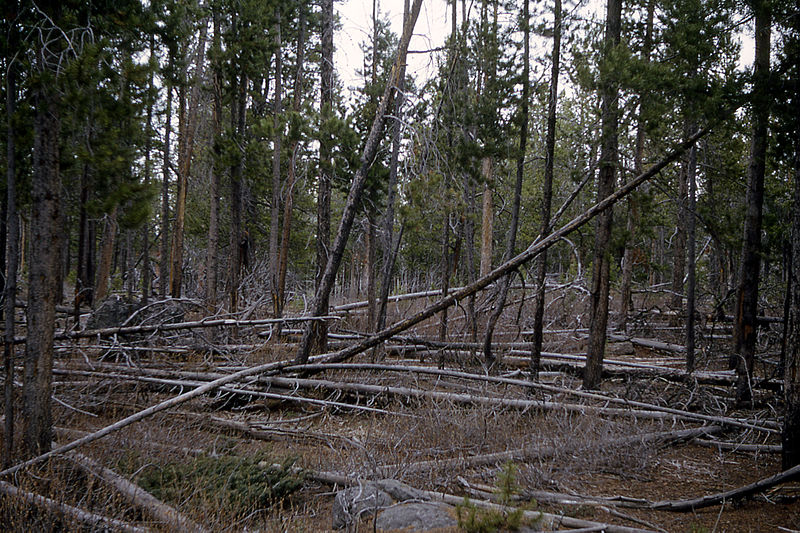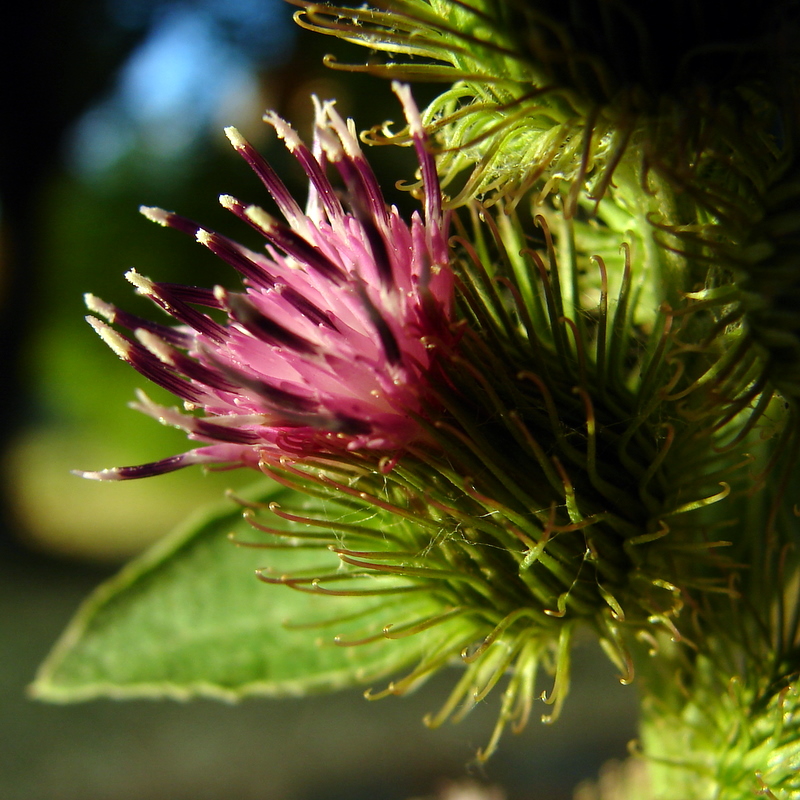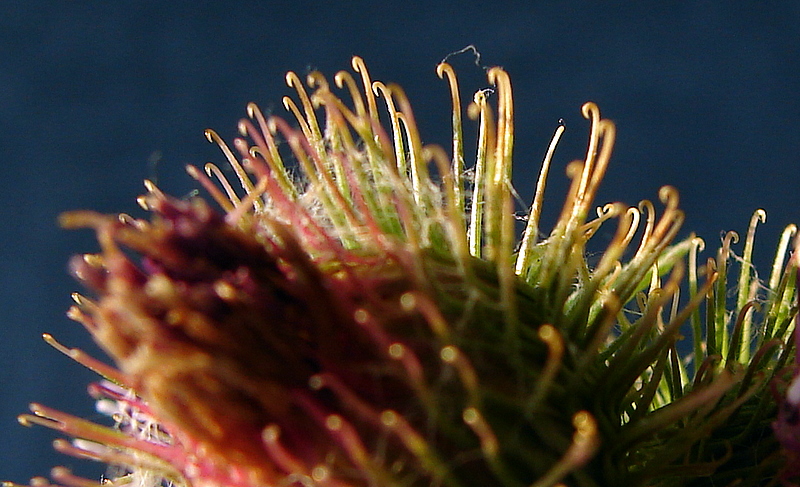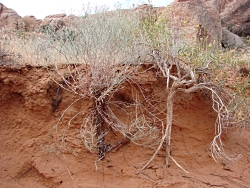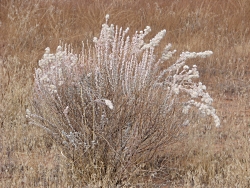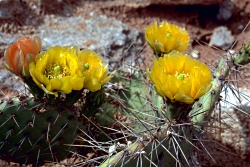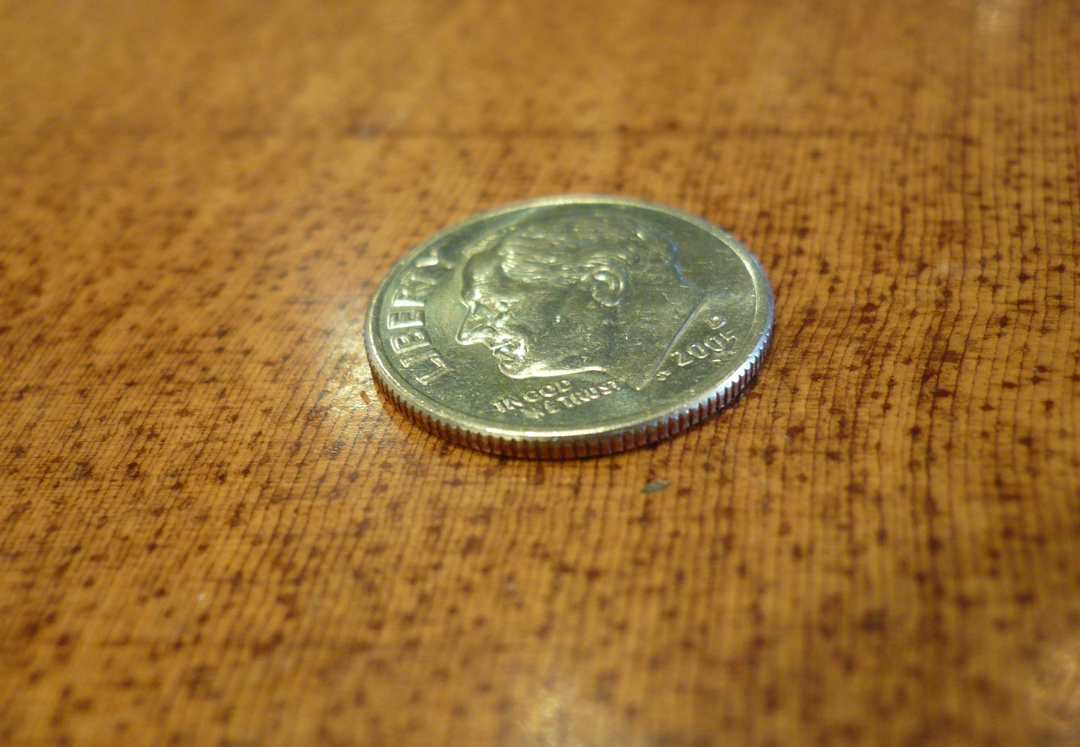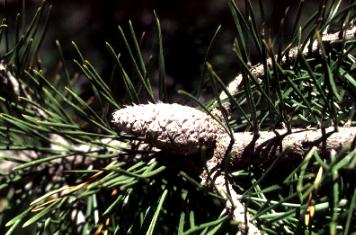
Pinus contorta
Courtesy & Copyright Michael Kuhns
https://forestry.usu.edu/
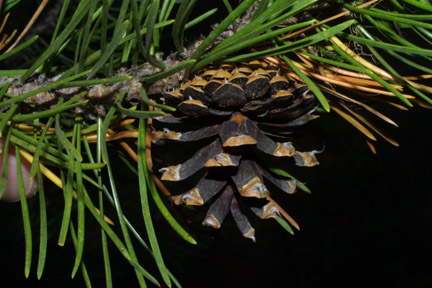 Lodgepole pine cone – open
Lodgepole pine cone – openCopyright © 2005 Steven J. Baskauf
https://bioimages.vanderbilt.edu/
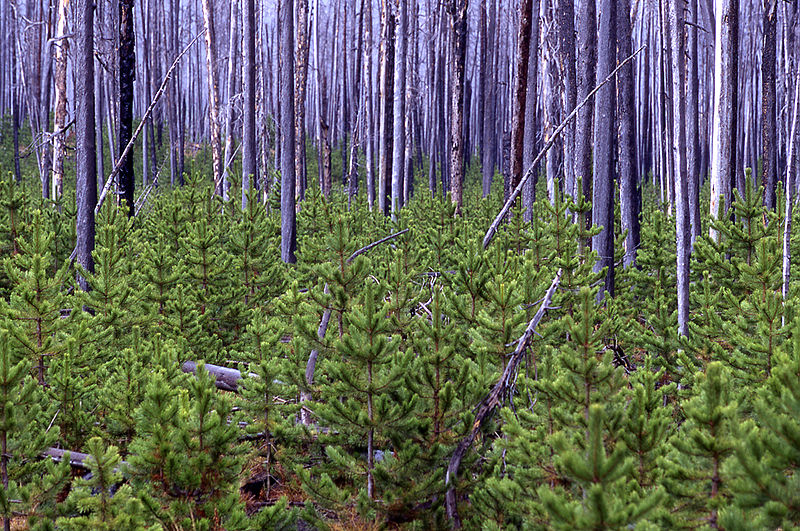 P. contorta subsp. latifoliaforest
P. contorta subsp. latifoliaforest
23 years before (above) and
10 years after (below) the
Yellowstone fires of 1988
Courtesy US NPS and Wikimedia
1998 Photographer: Jim Peaco
Autumn in Utah’s semi-arid climate typically means the end of a long, dry summer. While reports of forest fires popping up across the state may make us cringe, fire remains an important and natural part of our landscape. And no plant demonstrates that better than the lodgepole pine.
In Utah, these trees are found growing above 6,000 feet – mostly in the northern part of the state. Their tall, straight trunks have been important to humans for centuries as teepee poles, railroad ties and telephone poles.
Lodgepole pines have a number of adaptations that help them thrive in an ecosystem occasionally ravaged by fire. For starters, these trees produce two types of cones. Open, or non-serotinous cones, are fairly typical pine cones. Pollinated in early spring, they mature and the seeds fall during their second autumn. However, these seeds are rarely successful unless they fall in canopy openings. Lodgepole pines grow in very dense stands but their seedlings require copious amounts of sunshine to survive.
In order to combat this conundrum, lodgepole pines also produce another type of cone; called closed or serotinous cones. These cones, and their viable seed, stay on the parent tree for up to 20 years. The scales, which encapsulate the seeds, are sealed shut by a special resin that will only melt when exposed to temperatures between 113 – 140 degrees (F). In nature, the only way those temperatures are reached in the canopy, where cones are produced, is through forest fires.
A fire intense enough to emit that much heat will also kill many adult trees – especially lodgepole pines, which have very thin bark when compared to other evergreen species. However, when many adult trees are killed by fire, the canopy opens and sunlight can easily reach the forest floor where now-available seeds from serotinous cones are ready to germinate and renew the landscape.
Lodgepole pines also produce an enormous quantity of seeds – hundreds of thousands per hectare each year. The trees grow so dense that it can be hard to pick a path through them. As they age, saplings compete fiercely with their neighbors for survival, and many succumb to the pressure. Amazingly, however, this ensures that once a stand is mature, the many dry trunks and branches of the fallen provide adequate fuel to support another blaze, encouraging the next generation to rise and shine.
For sources and pictures of lodgepole pines, please visit our website at www.wildaboututah.org. Thank you to Rocky Mountain Power Foundation for supporting the research and development of this Wild About Utah topic.
For the Stokes Nature Center and Wild About Utah, this is Andrea Liberatore.
Credits:
Photos: Courtesy & © Michael Kuhns, https://forestry.usu.edu/ and
Courtesy and copyright © 2005 Steven J. Baskauf, https://bioimages.vanderbilt.edu/
Yellowstone images courtesy USDA Forest Service and Wikimedia.
Text: Andrea Liberatore, Stokes Nature Center, logannature.org
Additional Reading:
Preston, Richard J. Jr. 1968. Rocky Mountain Trees. Dover Publications Inc. NY, NY.
Lotan, James E. and Critchfield, William B. Lodgepole Pine. U.S. Forest Service manual. Found online at: https://www.na.fs.fed.us/pubs/silvics_manual/volume_1/pinus/contorta.htm
USU Extension (2002) Range Plants of Utah: Lodgepole Pine.
Found online at: https://extension.usu.edu/range/woody/lodgepolepine.htm
Johnson, Carl M. 1991. Common Native Trees of Utah. Utah State University Extension Service. Logan, UT. 109 p

